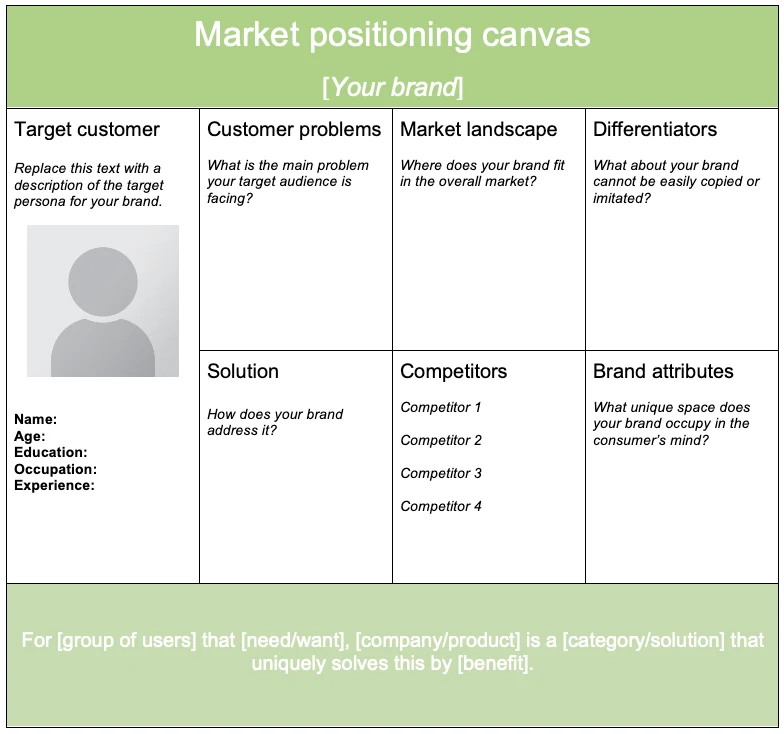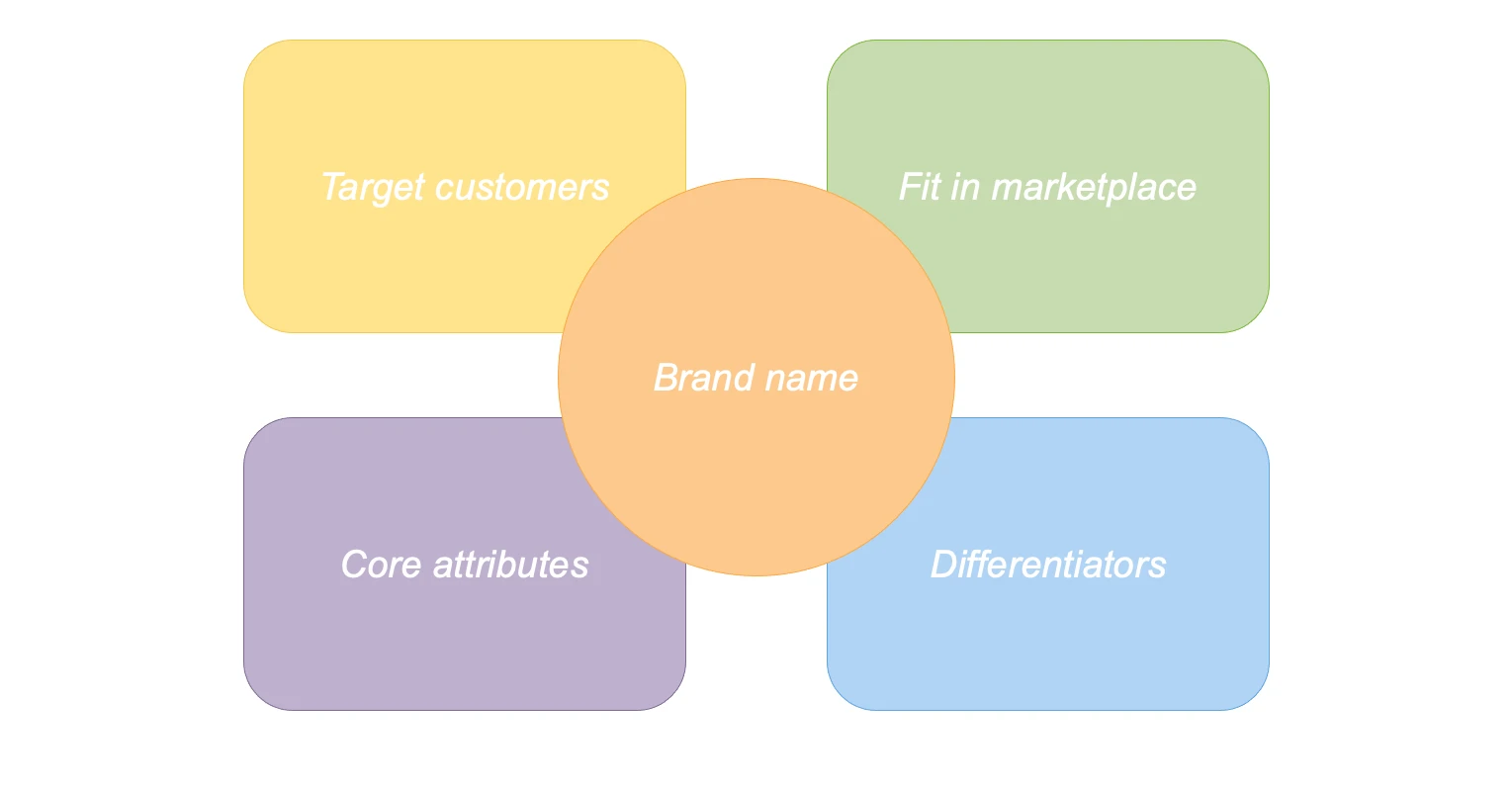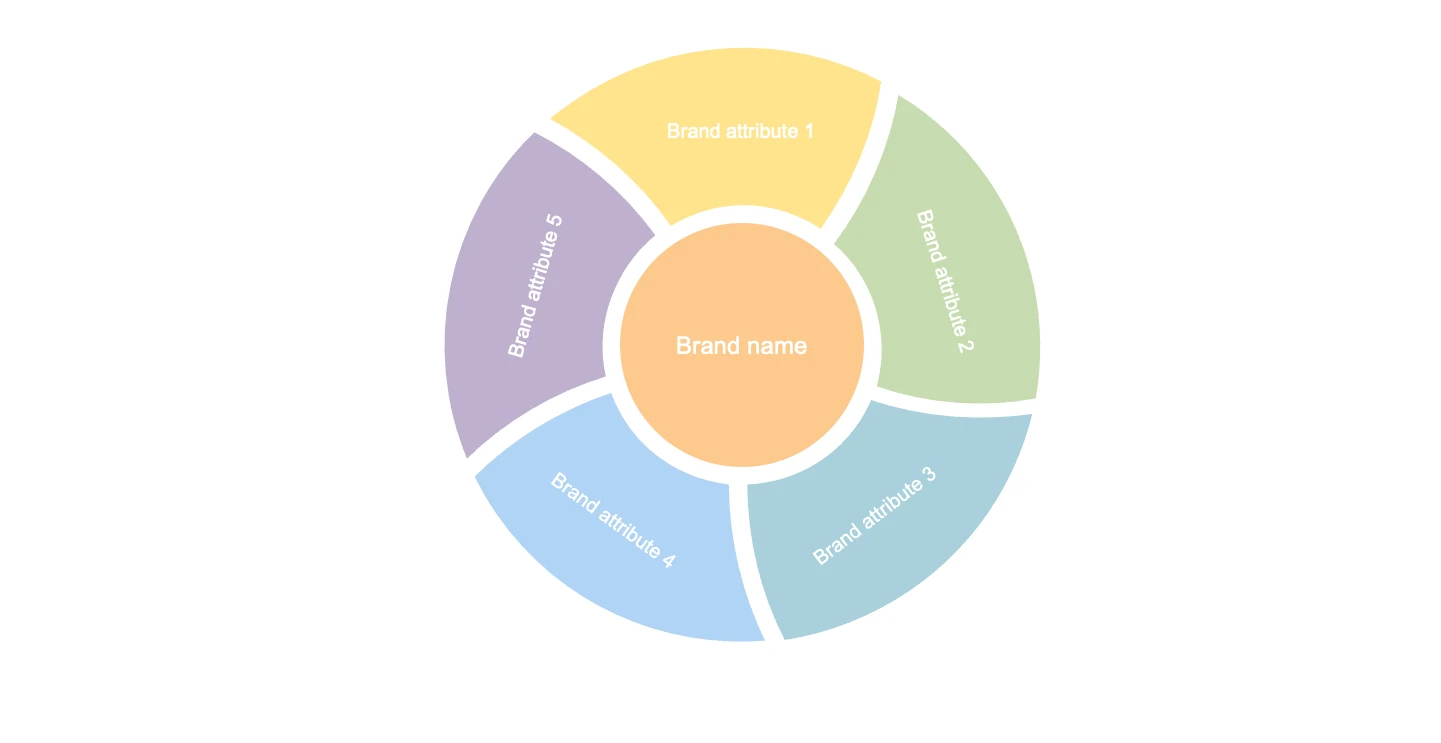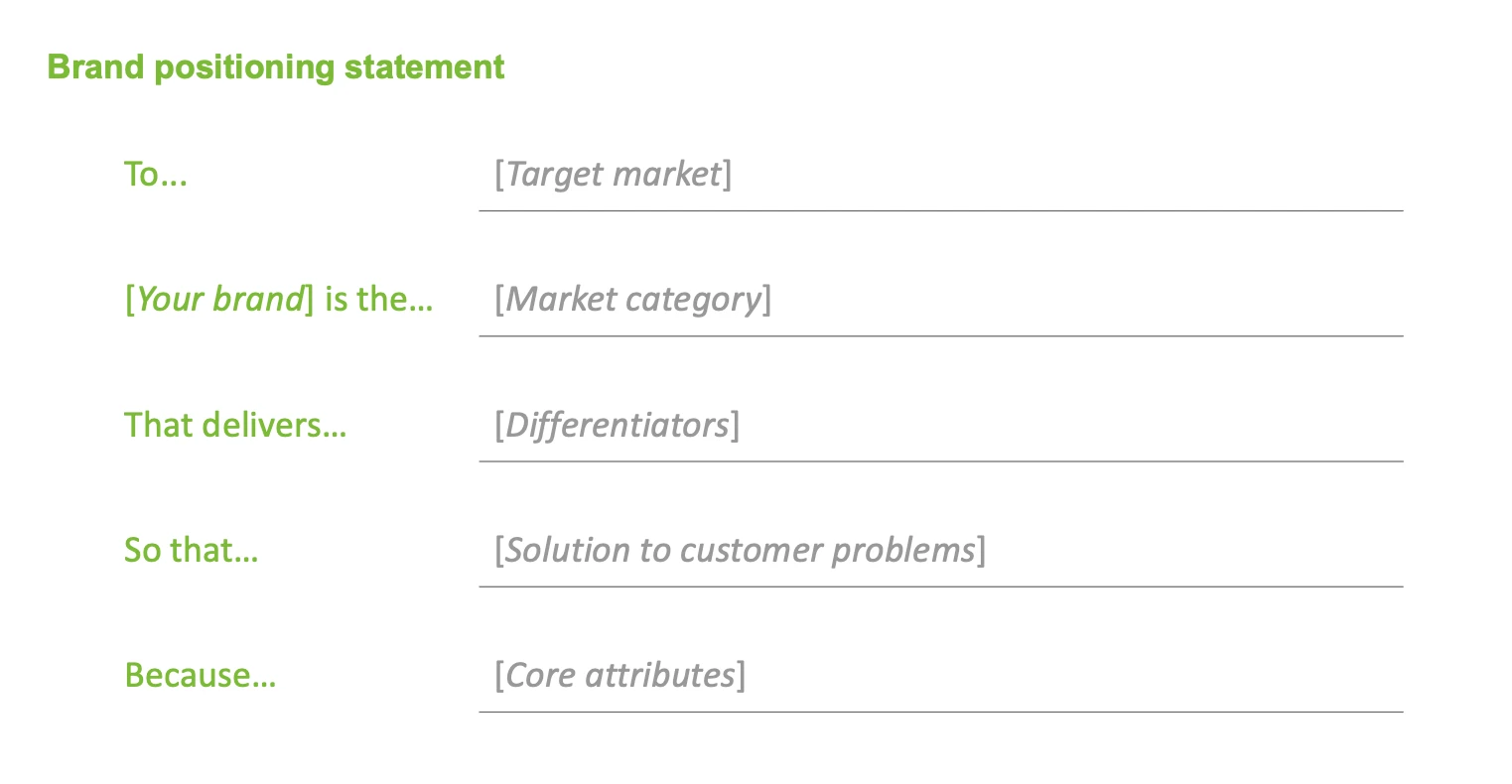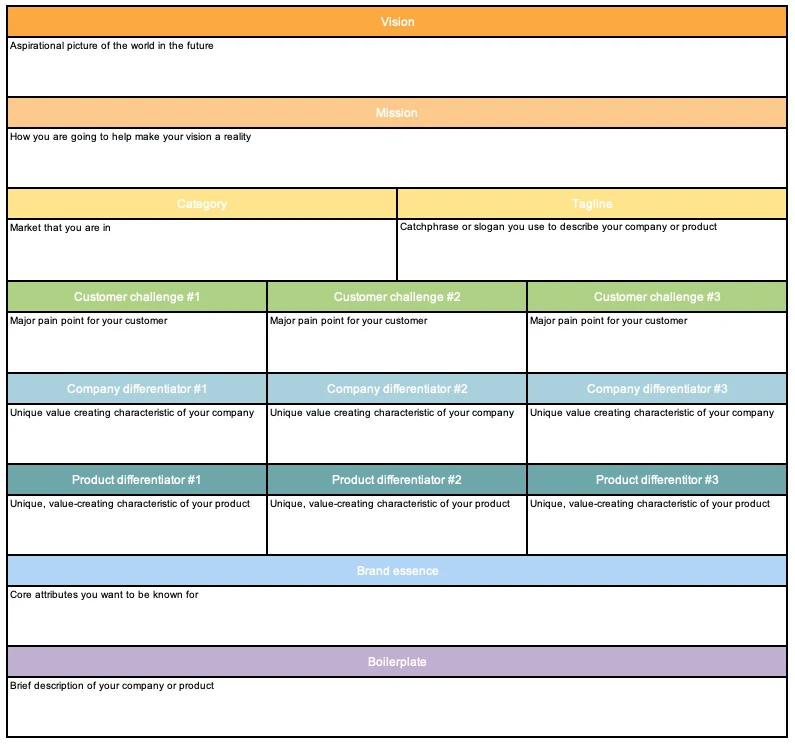5 market positioning templates for product teams
Customers expect more. When they buy your product or service, they are putting trust in more than just what they purchase. They are entrusting you to deliver a positive customer experience. And they will share their opinions widely — good or bad.
Do you know how people perceive your brand? Do you know how that perception compares to other solutions in the same market? Those customer perceptions set the tone for a lasting relationship.
You cannot control every aspect of how someone perceives your brand. But you can do the hard work of positioning your product and brand in the right market and making decisions that put customers first. That is what lovable brands are made of.
Jump ahead to explore any section:
What is market positioning?
Market positioning is an essential step of the planning process — either when you start a business or when you expand to a new market. It defines:
Where your brand fits in the marketplace
How your brand compares to competitors
The brand attributes and benefits you want to be associated with
The company beliefs, attitudes, and principles that support all the interactions a customer has with your brand — the Complete Product Experience (CPE)
Doing this positioning work as part of strategic planning sharpens your focus on the differentiating factors that set your brand apart. It can be used to guide product and marketing decisions — each decision you make along the customer's journey should be consistent with how you have defined the brand.
If you want to use a collaborative, web-based approach to establish your market positioning and connect that to actual work, you can try Aha! free for 30 days. But if you would rather try some lightweight examples first, download the free Excel and PowerPoint templates in this guide.
Who is responsible for market positioning?
Market positioning is easily confused with product positioning, which is a strategic exercise that positions a product or service in a given market. In fact, at an organization with a single product, market positioning and product positioning may be very similar.
But these exercises have nuances — especially if an organization has multiple products, services, or target customers. The marketing team owns market positioning — with direction from the VP of marketing, creative director, or brand marketer. The product management team owns product positioning, often with support from product marketers.
Because market positioning is done at the brand level, you can think of it as the umbrella that encompasses product positioning. How you position the brand will inform how you position the products that you build.
What should be included in market positioning?
Market positioning starts with a deep understanding of your brand vision and your customers — including what they gain from each interaction they have with your brand. Start by answering these questions:
Who is your target customer?
What customer problems are you uniquely positioned to solve?
What are your strengths and weaknesses as a brand?
What differentiates you from other brands in the space?
Which core attributes do you want to highlight?
How do these attributes come to life in customer interactions?
These questions should encourage lively brainstorming sessions — even some debate. What is important at this stage is thinking critically and holistically about the brand. You want to gather many stakeholders in the room to explore and refine how you provide value to your customers.
Market positioning templates
Below you will find five market positioning templates that you can use as your positioning work progresses. Download the templates for free and customize them to fit your specific needs.
Market positioning canvas
This market positioning canvas includes sections for the target customer, customer problems, market landscape, brand differentiators, and more. It pairs well with persona development.
Brand positioning map
Visual maps make it easy to see key details at a glance. This brand template may be useful when presenting your positioning to stakeholders.
